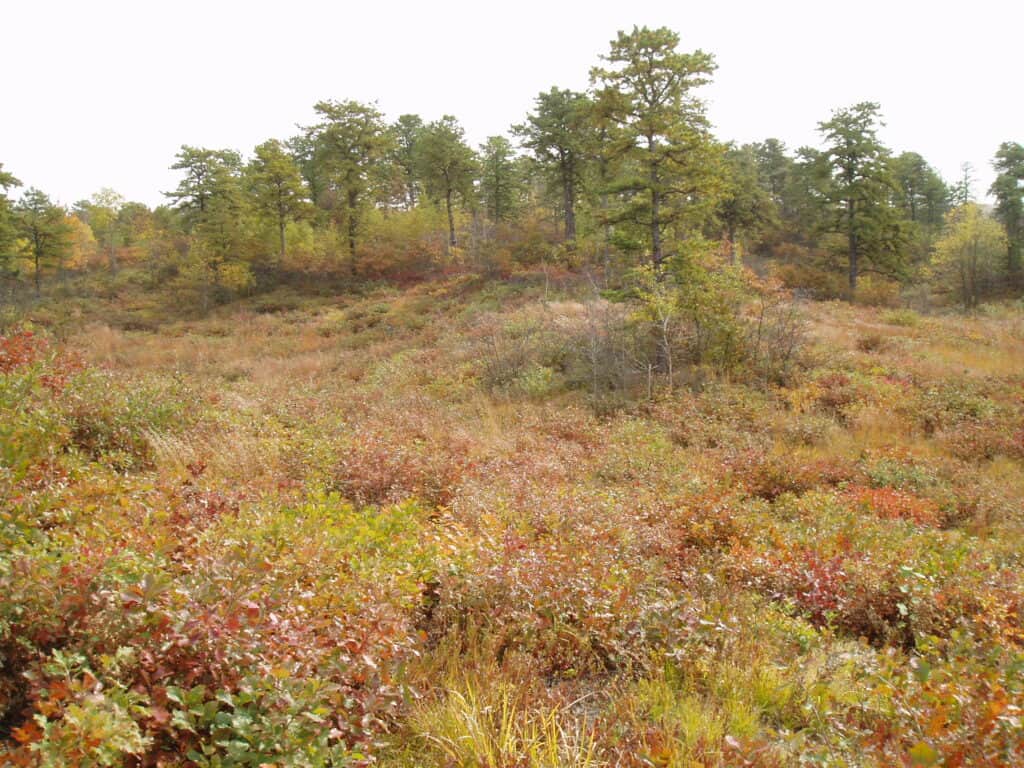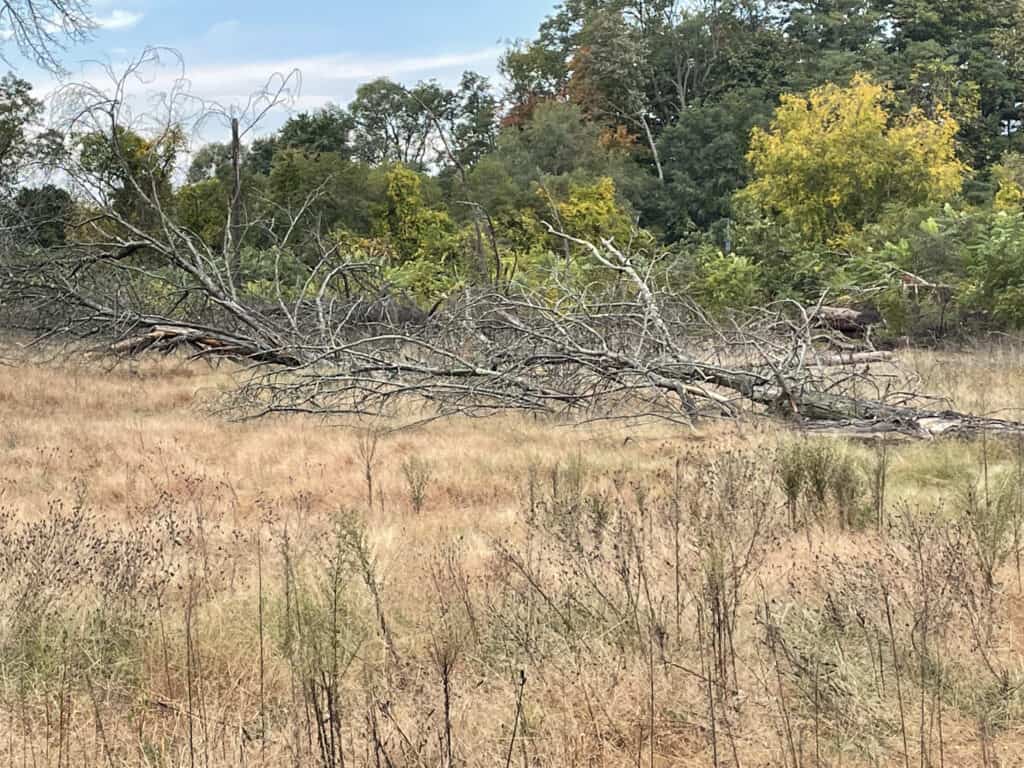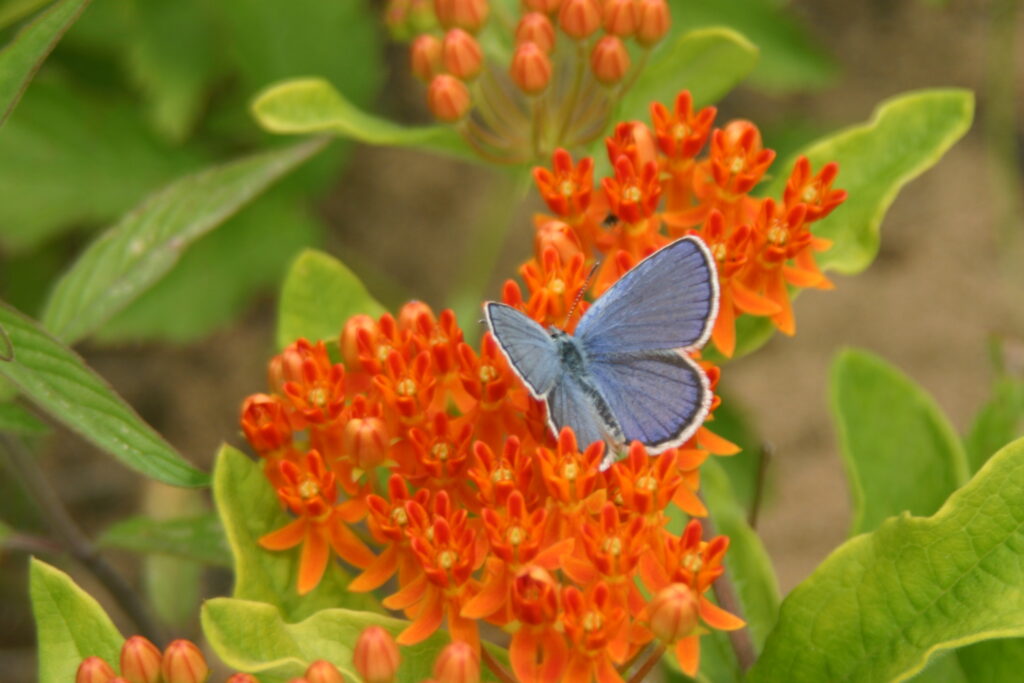David Seelow, PhD©
Running Against Time: Playing for the Future
Encourage your kids, your students to play Alba: A Wildlife Adventure. Play the game yourself and with your kids or grandkids. Perhaps, just as important encourage your local politicians to play the game. That might be a hard sell, but they usually have kids, so that’s the way around their reluctance to play. Alba is a game about an active young girl for nature loving kids who will hopefully mature into active, environmentally responsible adults. Playing the game might help us preserve the game’s world for those kids as they become adults and have their own kids. In this instance, playing just might help save the world, at least that part of the world rapidly disappearing from adult negligence and misbehavior.
In this fun, innocent game, you play the child protagonist Alba as she visits her grandparents on the island of Pina Da Mar for a summer vacation in the luxurious sun. Alba’s exuberant positivity and childhood innocence bring magic and hope to players living through a pandemic and other disasters that drain one’s positive energy. Reviewer Mark Delaney beautifully captures the game’s childhood wonder:
” More than any other game I’ve played, Alba captures the magical optimism of childhood. Adults can be cynical, weathered by jobs and bills, but for Alba, like for a lot of children, the world is still full of wonder, and she feels big and brave enough to change it for the better. The most wonderful part of Alba: no one tells her she can’t — and so she does (2021).”
Alba explores the island with a purpose. Her quest- locate, identify, and learn about the island’s species. Alba has simple assets: a map of the island, a notebook, a cellphone, and a field guide. Only the cellphone represents current technology, but in a beautiful inversion, the cell phone serves to render itself secondary to the adventure. Alba uses the camera to photograph different species that she then identifies and records. You are collecting information and wisdom not coins. Most impressive, the technology of the game itself serves to prompt kids outdoors into nature exploring and playing. Virtual bird watching can never replace hiking nature’s trials and the joy of spotting an “indigo bunting” (spotted once in my nearby wilderness) not a pixelated bird.
Little Alba skips around the island. She runs, jumps, and hops like kids on a Saturday afternoon. She is full of joy, enthusiastic and earnest in her explorations. The game’s pace is leisurely. You can play slow or fast, but speed contributes nothing. This is the Mediterranean where life is slow, lunches long, and work something you get to when you get to it. No compulsive need to work work work as life passes by. That’s one of the game’s primary pleasure’s, the child’s timeless pace of exploration and play. Curiosity not schedules dictate the day.
As you slide you finger across the screen, skipping Alba around the island, she often comes across the outline of a hand. The player touches the hand to clean up all the surrounding litter, most likely from careless and irresponsible adults. In this ongoing mission Alba becomes a kind of one person cleanup crew. Her goal, admirable and vital on a local level, has a potentially cumulative effect. Many local environments make up the whole earth’s ecosystem. I currently live on the very edge of the Albany Pine Bush Preserve, a rare inland pine barren sand dune natural environment home to many rare plants and species.1 When I walk along the road on its northeastern edge, I see litter everywhere, Big Mac wrappers tossed out of the car by lazy, thoughtless adults, empty soda cans from the local convenience store- convenience today, catastrophe tomorrow. Alba’s actions are a tiny bulwark against this kind of encroaching catastrophe all over the globe.
Alba has some specific missions too. As she explores some ruins, her friend Inés, looks over the edge of a small cliff down to the ocean and remarks, “Oh no! Look! There’s a stranded dolphin!” Her little cartoon face looks troubled, but thoughtful as she invites Alba to help the dolphin. In a wonderful gesture, Alba asks for help to whoever she comes across. Her innocent sincerity- the genuineness of her plea, works. Everyone wants to help Alba. Here is a big lesson. Be polite, be sincere, stress the seriousness of your purpose and ask for help. The sight of a dolphin trapped in a net on the beach has disturbing resonance. One of the most beautiful, graceful, and intelligent mammals of the world helplessly wrapped in the net of human selfishness, carelessness, and neglectfulness. Thankfully, Alba finds a group of adults and kids to help her. Together they save the dolphin. Ticking off a To Do List could not more rewarding.
Players will find joy in these quests. Alba’s in game success seeps out into your consciousness. The simulated rescue might just move some players to real rescues. As I stress over and over, we need to take responsibility for the condition of our surroundings and if those surroundings are littered with trash, do something about it!
The Child as Mother to Mankind: Teaching Nature Conservation
The game is full of marvelous quests or tasks. The biggest quest: however, is Alba’s desire to save the Pinar Del Mar’s nature conservancy. The game’s thematic conflict has archetypal significance. A real estate developer wants to build a big resort hotel that will ruin the conservancy. It’s a common story in the United States and elsewhere, and such alarming commonness makes the game’s message more urgent. Back to where I reside for the moment. Common story, unique place. The Pyramid Management Group, a primary developer, wants to build around, next to, and, through the Albany Pine Brush Preserve.2 Indeed, they are currently building an apartment complex and have express desire to build, build, build office space, a Costco, and all the grisly wonders of developers’ greed.3 Let’s have some dull corporate gray to contrast with the beautiful orange Orioles and Rose-breasted Grosbeaks flying about. Pyramid is joined by The Cardona Development Group and their nearby construction of a ghastly 24 unit apartment complex on Pine Lane (the name will be now be ironic).

Photo courtesy of the Albany Pine Bush Preserve Commission
In the game, Alba and Inés must gather signatures on a petition to the major to block development. Their action echoes here and across the globe. The country witnesses the unholy alliance of local politicians with greedy corporate executives on a continual basis. Here by the Albany Pine Bush, corporate interest dictates what happens to the politicians. The City of Albany and the Town of Guilderland’s Planning Boards routinely approves unneeded development disregarding the natural enviornment, any non-human species, and sacrificing long term sustainability for short term political and economic gain. The local politicians offer the tired cliché with fully unintended irony that corporate development produces quality of life (read here quality of politicians’ reelection). The name Guilderland like many names in New York State derives from the Dutch language. Gelderland is a province in the Netherlands. “Guilder” of course is the basic monetary unit in the Netherlands. One can accurately characterize Guilderland as Builderland, a space for over development and suburban sprawl. The word sprawl, by the way, means unnatural, ungraceful. You get the picture. Nothing artistic about it.

This quality of life local “planners” promote consists of sitting in already congested traffic, taking 45 minutes to drive a mile, risking your life bicycling, or walking your dog, inhaling fossil fuels- a proposed Costco gas station to magnify the pollution, and the vista of a crowded human mass, piles of concrete and only memories of vanquished nature. Moreover, thanks to the miraculous mall builder of the Northeast United States, you can eat, drink, sleep, watch movies, build stuffed bears, get your back rubbed, and buy every item a conspicuous consumer could want at the spectacular Crossgates Mall. Rapp Road where I currently reside, cuts through the Albany Pine Bush as well as a local historical district of African Americans.4 Intended as a country road for residents this way road has become nothing but a constant thoroughfare for people on their way to the mall. The road connects two drab products of Pyramid Management Corporation. It has no curb, no sidewalks, barely any lighting, and the posted 20 MPH speed limit is frequently disregarded by motorists going at least twice the speed limit in a rush to reach their shopping zen heaven. The City of Albany has done nothing to protect the safety of residents, pedestrians (there is a home for disabled adults on the road as well), or animals. Although there is a police station very nearby, in 18 months I have only seen a police vehicle on the road once. Any naturalist will find walking in this natural area both a safety threat and assault on one’s senses.
Just as city main streets, and village centers, with their family stores, small business owners, walking paths, little parks, village commons, and unique offerings were replaced by bland carbon copy chain stores fueled by automobiles and surrounded by parking lot moats, now nature itself will be erased by short sighted greed. The colonization of nature. Destruction masquerading as progress. The corporate and political leaders who sponsor this parody of progress will be dead when the full consequences of their self-interested “planning” takes full effect, so today’s little Albas will inherit what will most likely be empty malls. Children will have no wildlife for any adventure.
Alba is a hero because of her innocence. Her ardent commitment to doing the right thing. That a Swedish teenager has led the fight against climate change should surprise no one. Adults have abdicated their responsibility. Youth must take charge of the future for there to be a future worth looking forward to. We are very near the point of no return with respect to the inexcusable ruination of the environment. Alba succeeds in building a community of action because of her positivity, her goodness, her childishness. Listen to how reviewer Mark Delaney characterizes the game’s child as hero,
“The island is laid back, and so are its residents. Perhaps too laid back – despite its chill nature, there’s a definite theme running through of responsibility that’s been shirked, people being too complacent, letting the casual rot of laziness set in. Alba is a force for change, a whirlwind of positivity and energy on this sunny, soporific island. She repairs tables, wildlife pictures, bird boxes, tidies up trash – her activity inspires others to act, to challenge their assumptions of responsibility (Shaw, 2021).”
The child Alba acts while adults too often sit still. That needs to change.
No, this is not a game of impact, at least on the surface. We can enjoy a fun, lighthearted casual game playable in 3 or 4 hours on a mobile device (it is much better played on a mobile device) with a positive and important message. At the same time, the game’s message should not be pushed aside, or trivialized. Too many game reviewers totally miss the point when they acknowledge the game’s childlike wonder and applaud its message but then dismiss it with an “oh isn’t that nice” type of platitude. The message is anything but nice even if it is delivered in nice, casual, exciting gameplay. When you play the game, you need to make sure the game becomes a game of impact, a game for change. Don’t just put it down, think cute game and move on to Candy Crush Saga or Cyberpunk 2077. If Alba the character does not prompt you to action, your own Alba, if you are an adult, will have no adventures left. For children playing this game, they should live the game and take Alba as a model for making a better world in any little way they can, recycling bottles, cleaning up the local park, helping a hurt animal. Helping others, helps yourself, helps everyone.
Rainbows and Butterflies: Art as Savior
Literature has been my life’s great passion. When I think of visionaries, I think of artists not builders. Art imagines a future of possibility just as it depicts a future of desolation. We make the choice as to the future we will have. Art helps us pay attention to what matters, to the beauty of nature and why we need to preserve it if we are to survive as a species. Games are works of art, and Alba, A Wildlife Adventure is a wonderful work of art. However, as a lover of literature, I want to conclude with a nod to two of the greatest writers of the English language, who can help us appreciate the world Alba wants to save.
One of the rare species found in the Albany Pine Bush just out my back door is the Karner Blue Butterfly (lycaeides melissa samuelis). It was placed on the Endangered Species list in 1992. This extraordinary species was discovered by the great novelist Vladimir Nabokov, a Russian who wrote English with a unmatched symphonic beauty. Nabokov loved butterflies. He was a passionate lepidopterist. Nabakov had a professional scientist’s understanding of butterflies, especially the blues. (Johnson, 2001, Boyd, 2000). In 1941, he went on a famous cross country road trip to collect and study butterflies (some are in the American Museum of Natural History), a road trip that later materialized in his world famous novel Lolita.5

Nabakov’s curiosity about butterflies emerged while he was a child in Russia about the same age the game Alba depicts its protagonist. In a memoir describing his entomological journey Nabokov stops to ponder the butterfly’s power of mimicry. He finds in the butterfly’s mimicry something Darwin’s theory of natural selection cannot explain which leads him to a striking conclusion rendered in prose as intricately, extraordinary as the butterfly itself, “when a protective device was carried to a point of mimetic subtlety, exuberance, and luxury far in excess of a predator’s power of appreciation. I discovered in nature the nonutilitarian delights that I sought in art. Both were a form of magic, both were a game of intricate enchantment and deception” (1948). Through art and nature, one reaches beauty, spirituality, transcendence, all the antithesis of utility, the desire to manipulate the world into use value.
Nabakov ends the essay evoking the timeless, an experience of eternity, made possible by attention to “rare butterflies and their food.” He observes that the experience of the butterfly goes beyond even the ecstatic: “It is like a momentary vacuum into which rushes all that I love, a sense of oneness with sun and stone, a thrill of gratitude to whom it may concern, perhaps to the contrapuntal genius of human fate or to the tender ghosts humoring a lucky mortal.” No such oneness can be found a resort hotel. Not ever.
A century or so before Nabokov’s butterflies, the great British romantic poet William Wordsworth discovered a similar oneness with nature just as the Industrial Revolution was transforming the English landscape into manufacturing factories eating up nature’s bounty for coal to burn in the furnaces of development. I am not sure how many people read poetry today, but more should. Poetry like nature is beautiful, profound, spiritual. Wordsworth celebrated children and childhood knowing so well from the Industrial Revolution what the pursuit of money and mass production did and would continue to do throughout the countryside he loved. Children like Alba have a curious, open appreciation for nature-an innocent regard for the interdependence of life. In his brief nine line lyric, “My Heart Leaps Up,” Wordsworth celebrates a rainbow which evokes memories of his childhood. He thinks to himself, how his heart still leaps at the sight of a rainbow, and that he desires this spontaneous feeling to continue into old age for when he stops appreciating the beauty of nature he will die, “And I could wish my days to be/Bound each to each by natural piety.”
Wordsworth’s reverence for nature is what the game Alba, A Wildlife Adventure evokes through a child’s wide eyes, and if us adults continue to look away from the eyes of children and neglect our ravaging of nature, we will soon have no wildlife, perhaps no habitable life at all. As Wordsworth famously noted in the above poem, “The child is father to the man,” so when we lose the child, we also lose the man, and only humanity’s ruins will remain.
Notes
1. The Albany Pine Bush Preserve (ihttps://albanypinebush.org/index.php?section=visit-the-pine-bush-preserves) is a Natural Historic Landmark because of its unique ecology consisting of inland pitch pine, scrub oak barrens and wind swept sand dunes. The preserve is home to many rare species, but as I mention above, the land has shrunk considerably over the years from human conquest.
2. Pyramid Management Group was formed by the late Robert J. Congel in 1968. It is the largest mall development group in the Northeastern United States. The Crossgates Mall (opened in 1984) is in Albany, New York, the state’s capital. It is smack in the middle of the Pine Bush Preserve. The company used subsidiaries and a long range, highly aggressive and manipulative plan to buy up precious natural land for development in what has become very over developed, congested space at the expense of existing homeowners, small businesses and, not least, a natural landmark. It would be interesting to ask students who only know malls, what benefit malls play in society and what they think malls replaced. Malls are a kind of isolated bubble surrounded by an ocean of parked cars they depend upon for sales; populated by ubiquitous chain stories. There is no sense of place, no identity, and no genuine community to speak of, but; nonetheless, a convenience for conspicuous consumption and a meeting place for teenagers. The multiplex has concurrently replaced the local movie cinema subdividing space for maximum profit, but only showing the standard blockbuster fare of the day. Again, the multiplex has no character, and there is no sense of place.
3. Save the Pine Bush (https://savethepinebush.org/), a not-for-profit organization started in response and opposition to Pyramid Management Group and its associates. They engage in frequent legal battles with developers and are engaged in one as I write. The organizations motto or tag line is tragically true: “Without Save the Pine Bush, there would be no Pine Bush today.” If left to developers, the Pine Bush would not exist today and that appear to be the objective of current corporate action- eliminate nature altogether. Citizen action- like that of little Alba, must continue for any semblance of nature to remain. In this area of New York, we have the chilling lesson of G.E. The great General Electric, which employed much of the region’s population when I grew up, dumped 1.3 million PCBs into the majestic Hudson River. Corporations cannot be allowed to operate without regulation for just this reason. The Environmental Protection Agency details the potentially harmful- even fatal consequences of G.E.’s grossly irresponsible behavior on their official site, “Just the Facts-Cleaning Up Hudson River PCBs,” https://www3.epa.gov/hudson/just_facts_08_04.htm.
4. Rapp Road, where I currently reside, runs through the Pine Bush Preserve. It is also home to The Rapp Road historical region, a location where African American families settled during the great Migration North from Mississippi. The small area is placed on the National Register of Historic Places. Many of the homes on both sides of the road were built by these settlers. Thus, aggressive development by Pyramid Management Group threatens not just a Natural Landmark but a historical one as well. For information, and historical accounts of the area visit the Rapp Road Historical Association: https://rapproad.wordpress.com/about-us/rapp-road-historic-district/.
5. Suzanne Rapp Greene, a curatorial assistant at the American Museum of Natural History, curated Nabokov’s famous road trip, “Episode 17: Nabokov’s Butterflies 360,” American Museum of Natural History, https://www.amnh.org/shelf-life/nabokov-butterflies-360. The trip resulted in many donations to the museum by the famed novelist. Located at 200 Central Park West in New York City, the museum is one place every student should visit. It is a national treasure I still visit every couple of years.
Works Cited
Boyd, Brian and Pyle, Robert Michael, Editors. Nabokov’s Butterflies. Beacon Press, 2000.
Delany, Mark. “Alba: A Wildlife Adventure Review: The Best Family Game of the Year.” Game Skinny, July 1,202, retrieved from https://www.gameskinny.com/aqkj4/alba-a-wildlife-adventure-review-the-best-family-game-of-2021, 9/1/2021.
Johnson, Kurt with Coates, Steve. Nabakov’s Blues: The Scientific Odyssey of a Literary Genius. McGraw Hill Professional, 2001.
Nabokov, Vladimir. “Butterflies, On life as a lepidopterist.” The New Yorker, June 12, 1948.
Shaw, Luke. “‘Alba: A Wildlife Adventure’ review: sun, sea, and socially conscious photography.” NME, June 9, 2021, retrieved from: https://www.nme.com/reviews/game-reviews/head-alba-a-wildlife-adventure-review-sun-sea-and-socially-conscious-photography-2964692, August 30, 2021.
Wordsworth, William. “My heart leaps up.” Poems, In Two Volumes. Longman, Hurst and Orme, 1807, composed in 1802, retrieved from Poets.org, https://poets.org/poem/my-heart-leaps. Public Domain.
